Impact of Office of Indian Energy Investments in Tribal Energy Projects, 2010–2024
- More than 250 Tribal energy projects funded
- Added 63 megawatts of power generation to Tribal lands
- Initiated saving $535 million over the life of the projects
- Nearly 11,000 Tribal buildings affected
- $3.38 saved for every DOE dollar invested.
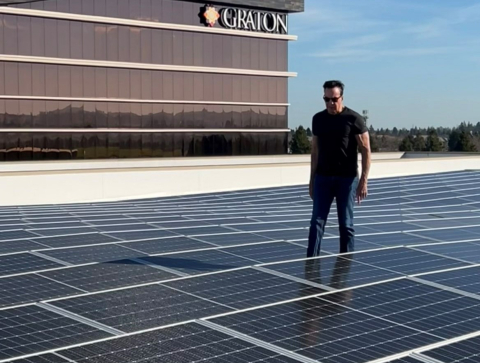
The Federated Indians of Graton Rancheria have an economic development strategy rooted in respect and reverence for the natural world. A solar project supported by the Office of Indian Energy is a stepping stone to their clean energy future.
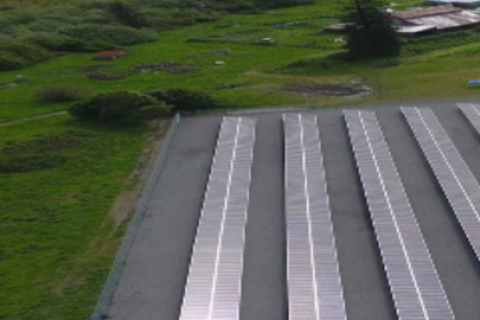
Blue Lake Rancheria’s Foresight and Planning Yield “Just-in-Time” Resilience Benefits as Climate Crisis Intensifies.

Two DOE-funded projects, Net Zero and Go Solar, are advancing the Akwesasne Housing Authority's mission-driven push toward a clean energy future for the Saint Regis Mohawk Tribe, and women are leading the charge.

Solar savings seed successive projects on path to prosperity.
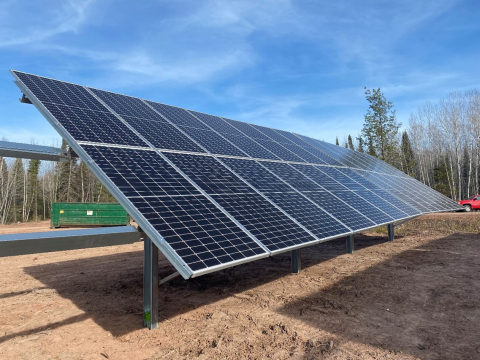
Bad River Band of Lake Superior Tribe of Chippewa Indians complete the Ishkonige Nawadide Solar Microgrid Project.
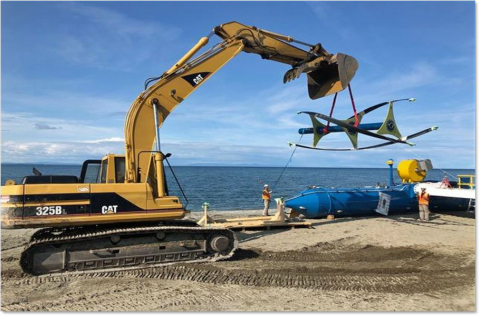
The Native Village of Igiugig proves RivGen Hydrokinetic Power System can produce power, survive winter, and coexist with salmon.
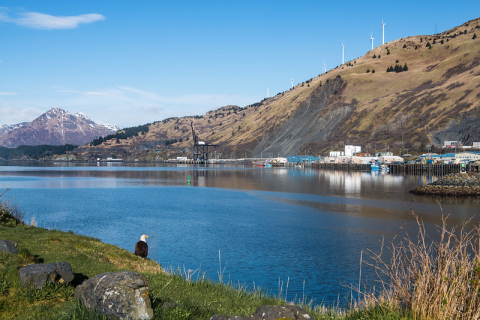
DOE awards funding for second solar project after 1-megawatt system goes live.

Huslia’s wood biomass system saves money, creates jobs, and keeps energy dollars in the community.

Eastern Band of Cherokee Indians’ 700-kilowatt solar system cuts costs, generates energy and optimism.
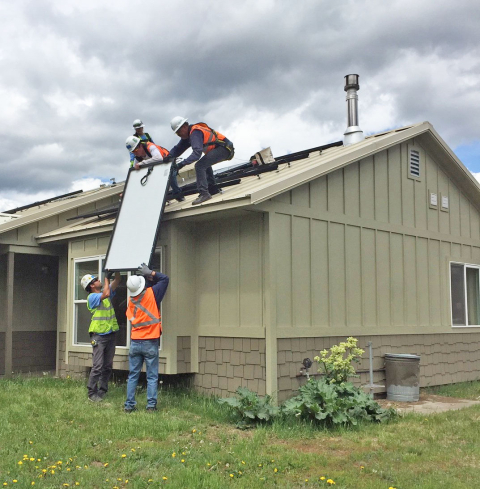
When completed this summer, the Initiative will add 650 kilowatts of solar capacity to tribal buildings and save about $2.8 million over 30 years.

